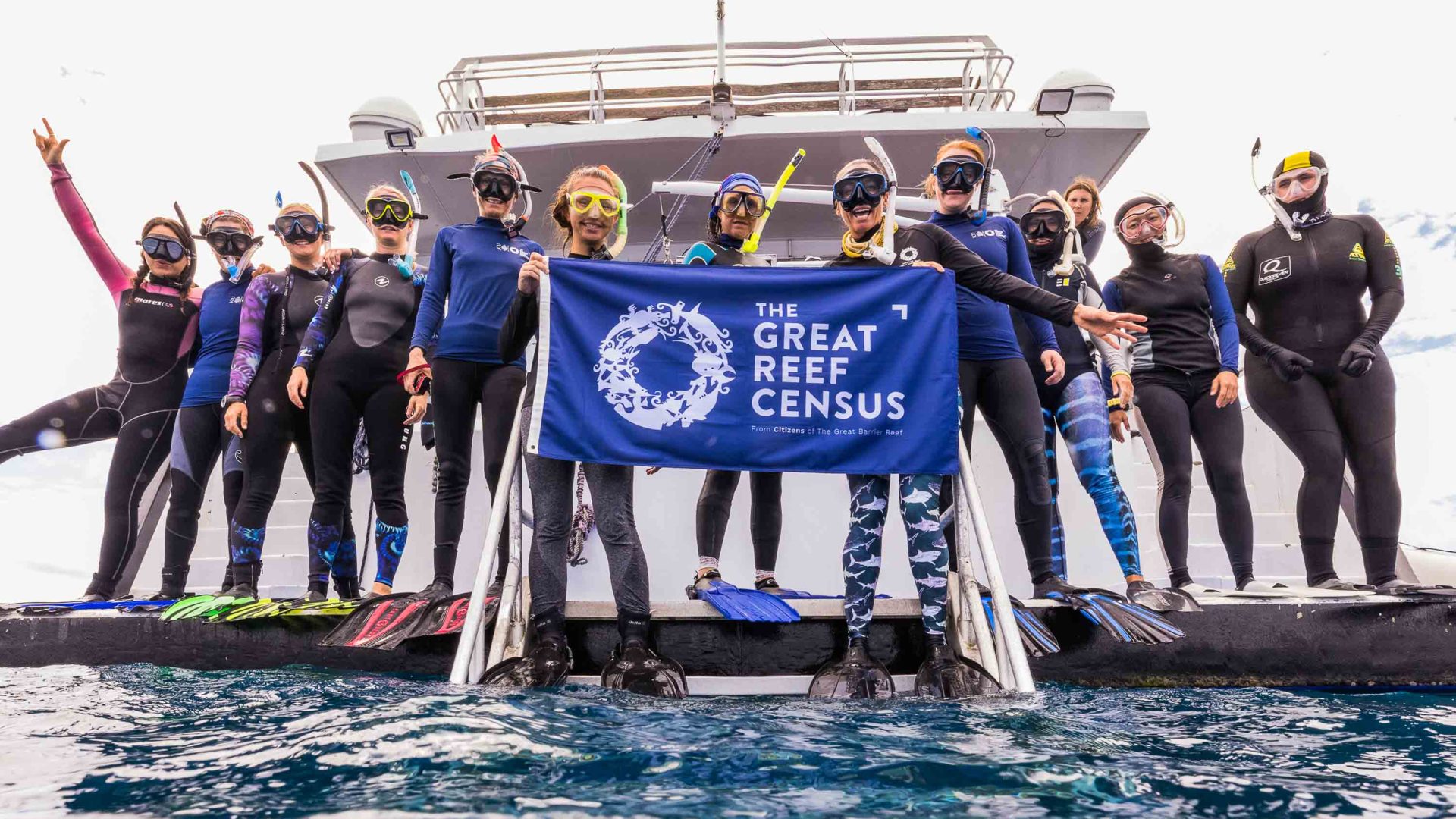
Are citizen science experiences as useful as the tourism marketers would have you think, or just another ploy to sell you a ‘meaningful’ holiday? Katie Dundas investigates on the Great Barrier Reef.

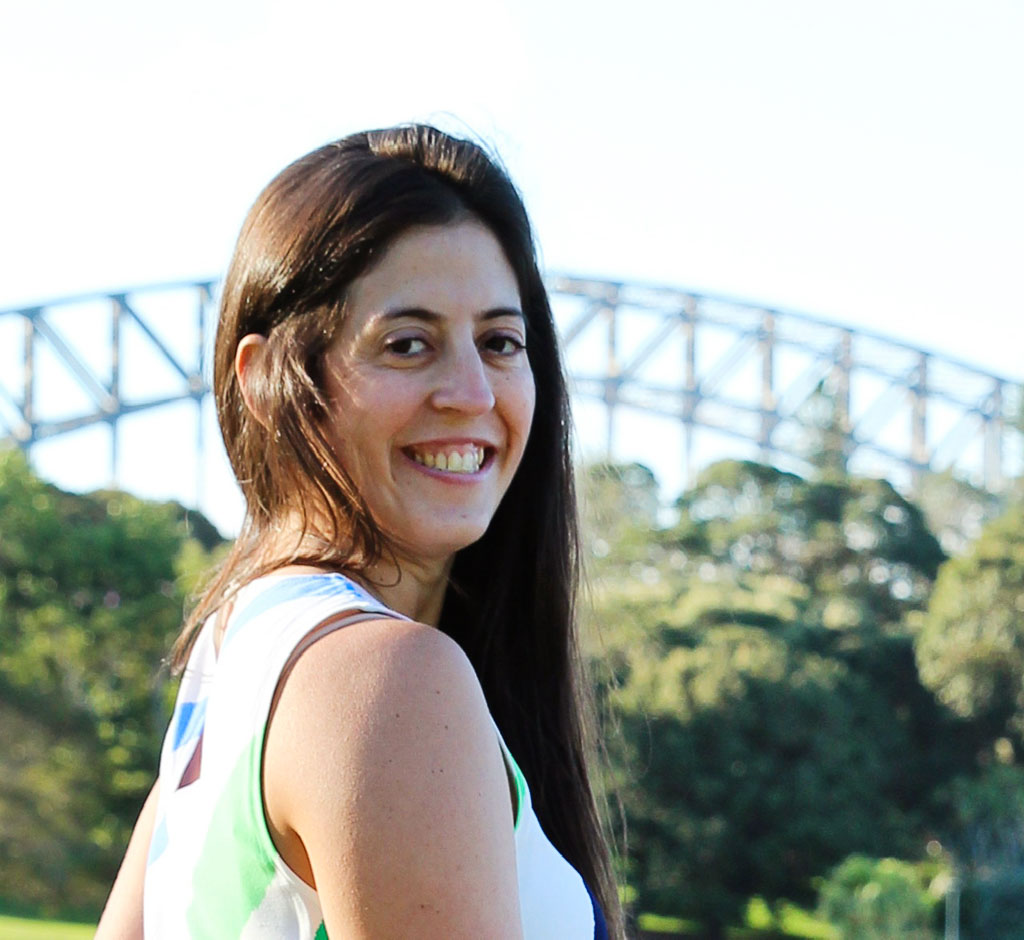
Are citizen science experiences as useful as the tourism marketers would have you think, or just another ploy to sell you a ‘meaningful’ holiday? Katie Dundas investigates on the Great Barrier Reef.
Home to the tiny damselfish, the mighty humpback whale, and the myriad species in between, the biodiversity of Australia’s Great Barrier Reef is unlike anywhere else.
Located off the Queensland coast, it’s the world’s largest coral reef ecosystem, and makes up 10 percent of the world’s reefs. While it’s a bucket-list destination for tourists everywhere, it’s also a place of great cultural significance, revered by over 70 groups of Australia’s Traditional Owners as their Sea Country. But sadly, the threats to the beloved grand dame of our oceans are well-known—climate change, pollution, and overfishing, to name a few.
Could citizen science be the solution we’re all looking for?
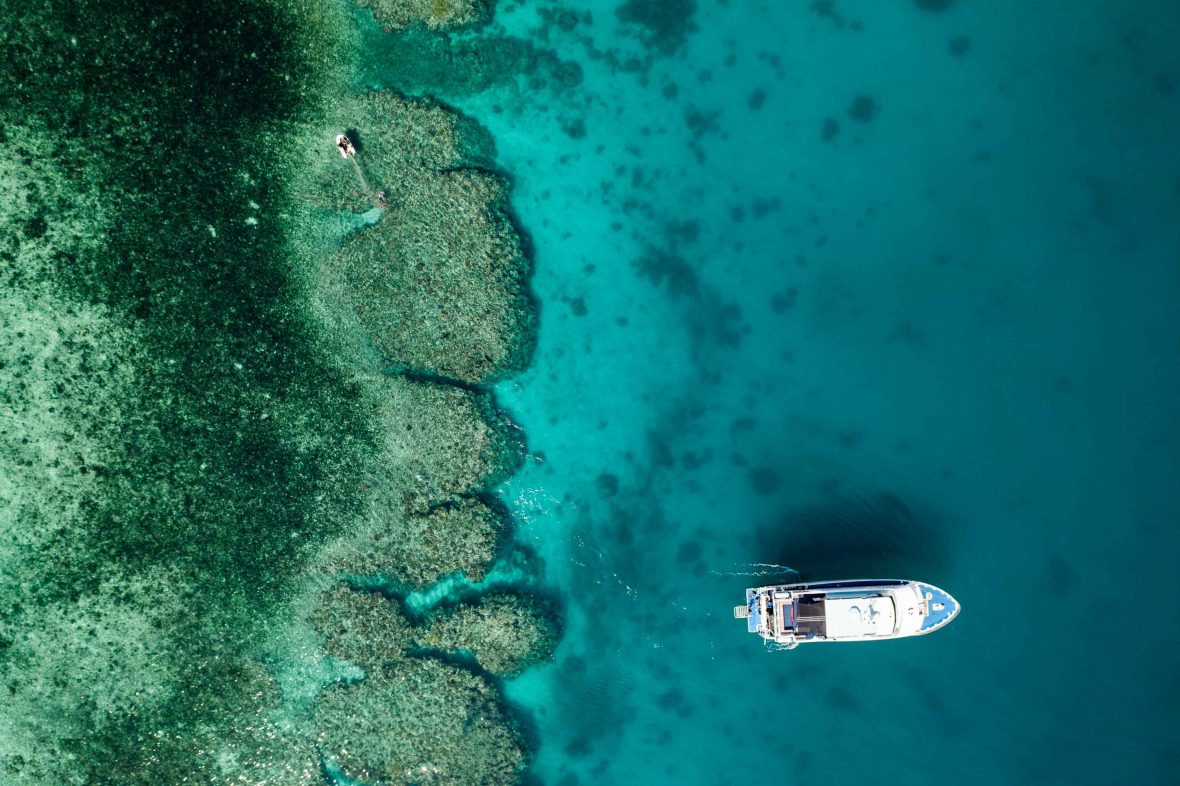
Citizen science is a research methodology where members of the public voluntarily participate in research programs, undertaking anything from collecting data, sampling water quality, or recording wildlife behaviors.
The reef, a UNESCO World Heritage Site that spans 344,400 square kilometers, lends itself well to citizen science—in part due to its sheer size. The reality is scientists alone can’t survey and monitor the thousands of cays, reef sites, and mangrove islands that make up the reef, so harnessing the power of the public is ideal for scaling up to collect data; data that researchers can use to make educated recommendations on how to protect this fragile ecosystem.
And it seems the public is all too eager to help. As travel continues to rebound after the pandemic, travelers have sustainability at front of mind. A 2020 study by Booking.com found that over half of tourists plan to travel more sustainably in the future, with forced time at home spurring many to realize the importance of traveling with purpose.
When done well, participation in citizen science programs is a fun and effective way to give back to local communities as you travel—but on the flip side, these programs can just as easily be disingenuous. So how can you tell?
One of the reef’s largest citizen scientist projects is The Great Reef Census, an epic undertaking now in its third year. Divers, or anyone willing to don a snorkel, can simply take 20 photos of a reef site and upload them—later, fellow citizen scientists anywhere in the world can help analyze the images by completing a short form that identifies what each photo shows.
“The Great Reef Census involves a big, diverse cross-section of the reef community… that includes tourism operators, Traditional Owners, divers, conservationists, fishers, and scientists,” says Benjamin Vozzo of Citizens of the Great Barrier Reef, a Cairns-based non-profit that organizes the census.
Citizen science programs do provide valuable data for scientists, and, of course, participants also get that feel-good impact of doing something worthwhile. But is making tourists happier a justification for citizen science?
However, it’s just one of many citizen science programs on the reef—there are several collaborative efforts through groups such as the Great Barrier Reef Foundation, the Australian Government, the Queensland government’s Indigenous Land and Sea Ranger program, as well as resorts and reef tour operators.
From coral planting programs at the Museum of Underwater Art to the KulBul project, a new program in Yirrganydji sea country (Far North Queensland), citizen science is more popular on the reef than ever before, and in ways that are inclusive of both tourists and local communities.
As one example, KulBul is a “co-designed First Nations project that actively tries to combine traditional ecological knowledge with contemporary biological knowledge,” Master Reef Guide and marine biologist of Experience Co and Dreamtime Dive and Snorkel Eric Fisher tells me.
This is a pilot program that, once rolled out in other locations, will play a crucial role in connecting Indigenous communities to the reef, utilizing traditional knowledge of seasons, cultural history, and connection to Sea Country to make shared decisions about the health of the reef.
Through Dreamtime’s Indigenous-led reef trips, tourists can learn about this special Indigenous connection to the reef and can also participate in citizen science programs onboard. “There are traditional names for the reefs and a lot of those names have reasons why they’re called that, and it does feature in a lot of dreaming stories,” says Fisher. “We want to protect that knowledge but also showcase that knowledge.”
Citizen science programs do provide valuable data for scientists, and, of course, participants also get that feel-good impact of doing something worthwhile. But is making tourists happier a justification for citizen science?

“A lot of people find, when they come to the Great Barrier Reef, they come away so affected and so enraptured by it, its majesty, its beauty, but also seeing the damage that’s happened to it over time,” Vozzo tells me. “A benefit of citizen science is that you make that person a lifelong custodian of that natural environment and an advocate for its protection.”
But for all its benefits, citizen science isn’t perfect. For one, collecting all the data under the sea is only as good as what you do with it.
On the reef’s Lady Elliot Island Eco Resort, guests can participate in Project Manta, a project in collaboration with the University of Queensland, which allows tourists to photograph (not touch) and upload images of the manta rays they see while diving or snorkeling around the island. The data collected then directly impacts science on the reef.
“The data from citizen science is extremely useful and has served to identify new manta rays and determine the increasing population size,” explains Lady Elliot’s Environmental Manager, Chelsea Godson. “It’s also identified new species and also increased our knowledge of the range of species and where they are found. Guest and staff sightings are crucial to this.”
But for all its benefits, citizen science isn’t perfect. For one, collecting all the data under the sea is only as good as what you do with it. For a citizen science program to create meaningful impacts, it needs to collect useful data that reaches the hands of governments and decision makers.
For the Reef Census, Vozzo explains how the census data provides real-time insight into reef health and is directly used for management decisions. That’s particularly the case when it comes to the Crown of Thorns, a starfish and notorious coral predator with dense population numbers, and one that’s been long identified as a major threat to the reef.
“Crown of Thorns is impacting reefs throughout the marine park,” says Vozzo, “but we send the census flotilla out to target reefs that are currently blind spots within the control program to gather the critical survey data. So, it can help us manage the threat across the reef.”
A larger issue with citizen science programs around the world is that they can easily be used for the nefarious purpose of ‘greenwashing’, a marketing ploy that destinations or resorts use to claim their projects are environmentally-friendly or that their citizen science programs are beneficial when in reality, they’re anything but.
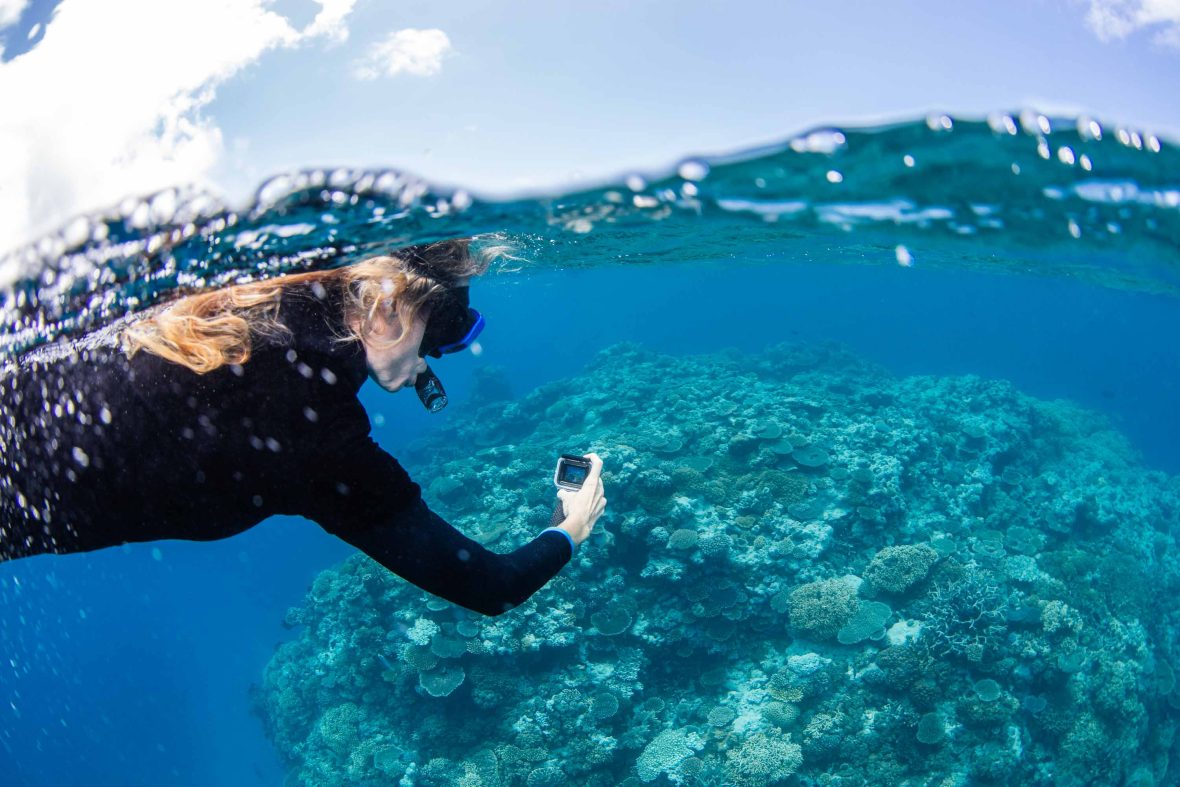
So as a well-intentioned tourist, how can you avoid participating in a citizen science program that doesn’t have the reef’s best interests at heart? It all comes down to research. Sustainable tourism has become the buzzword of the minute, with unscrupulous tourism operators all too keen to cash in on it—so the onus is on the traveler to sort the wheat from the chaff.
Before getting involved, dig a bit deeper and look beyond the marketing to discover the purpose of the program—who oversees it, and how the data is collected and used. “I think meaning and consistency are the biggest two when it comes to designing a citizen science program,” says Fisher, explaining that a hallmark of successful citizen science programs is reliable data that can show trends over time.
So if an effective citizen science program is one that’s genuine, evidence-based, and properly managed—and not a PR stunt—can even the most perfectly-managed project save the reef? The truth is, while citizen science is certainly playing an effective role in data collection and reef management, it’s only one card in the deck in this game: It’s the high rollers like governments, policy-makers, and corporations who are holding the aces. For genuine improvements, long-term, systemic changes are required to combat the impacts of climate change, fossil fuels, and pollution.
That means those holding the aces need to be working in tandem with the passionate researchers and citizen scientists who are doing everything they can to protect and preserve Australia’s crown jewel. Only then can today’s citizen scientists breathe a sigh of relief for tomorrow.
***
Adventure.com strives to be a low-emissions publication, and we are working to reduce our carbon emissions where possible. Emissions generated by the movements of our staff and contributors are carbon offset through our parent company, Intrepid. You can visit our sustainability page and read our Contributor Impact Guidelines for more information. While we take our commitment to people and planet seriously, we acknowledge that we still have plenty of work to do, and we welcome all feedback and suggestions from our readers. You can contact us any time at hello@adventure.com. Please allow up to one week for a response.
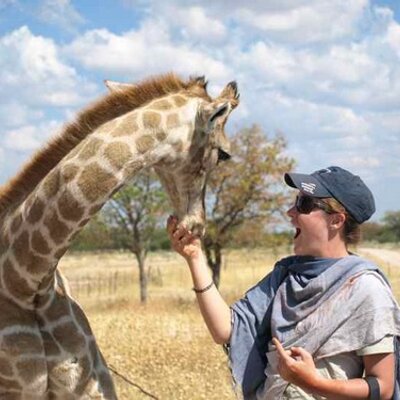





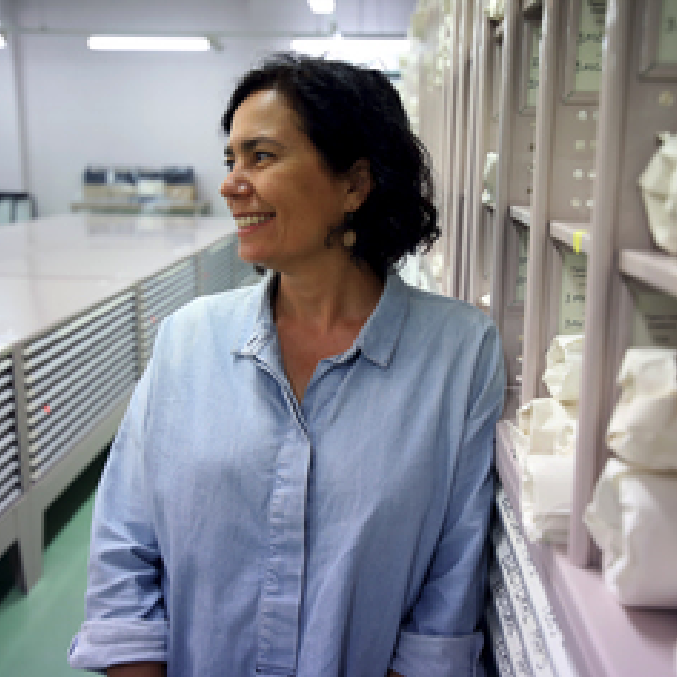

Can't find what you're looking for? Try using these tags: